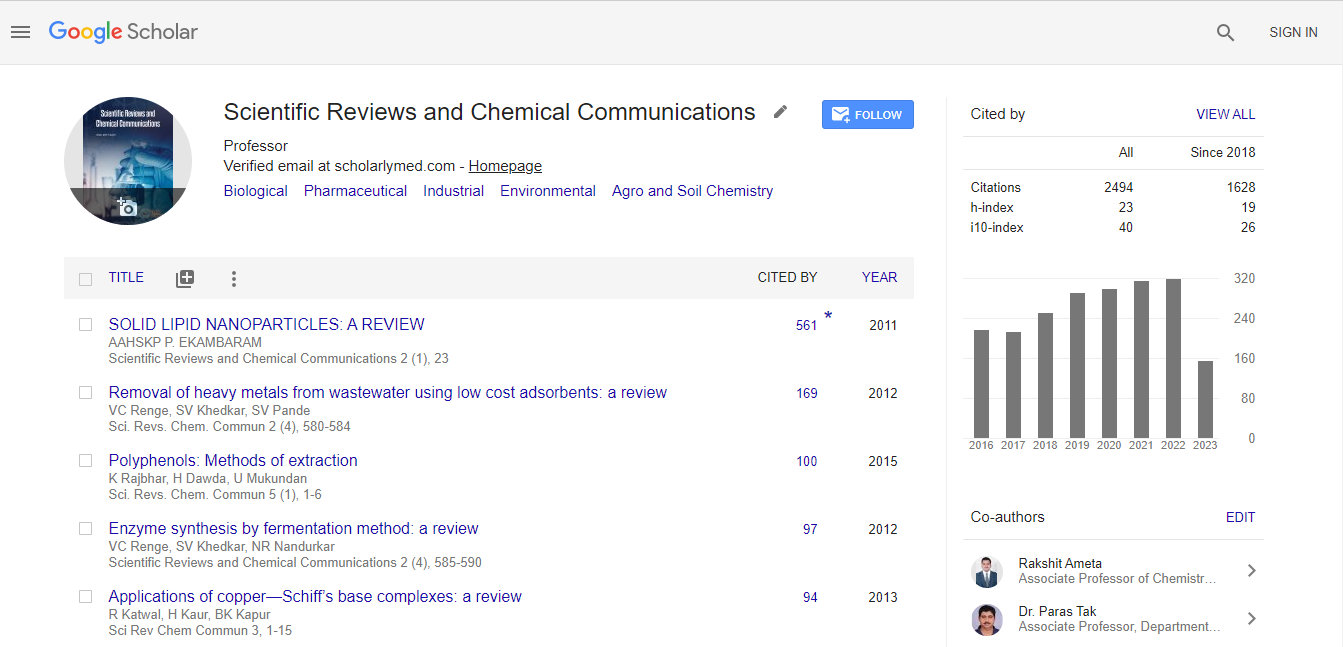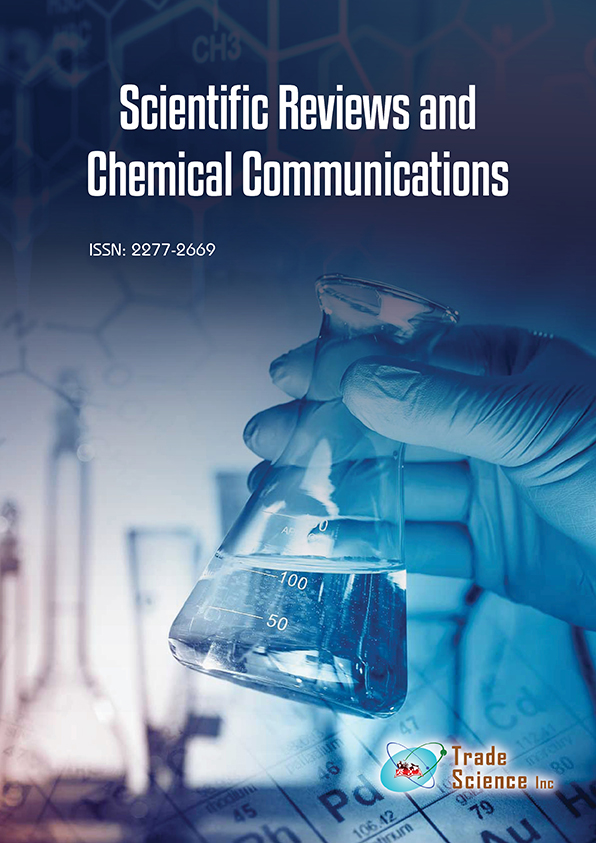Abstract
Global Patterns in Nutrient Resorption of Mangrove Plants
Author(s): Lili Wei, Ming Yang Bee, Tongtong Zhou, Changyi Lu and Chaoxiang LiuNutrient resorption defined as nutrient resorbing from senescent leaves before abscission is a key nutrient conservation mechanism which developed by plants occurring in nutrient-poor environment. There have been several meta-analyses targeting at nutrient resorption of global plants, but all of these studies excluded mangroves. Here we concerned about mangrove plants and overviewed their nutrient resorption efficiency (percent of leaf nutrient resorbed) at the global scale. Mangrove plants showed wide variation in resorption efficiency of both nitrogen (NRE, ranged at 26% ~ 84%, except extreme values: 3% and 95.36%) and phosphorus (PRE, ranged at 10% ~ 81%). Despite most of NRE were higher than the global mean value, the PRE (averaged 53.26%) was similar to that value. The sites in Florida and Panama were appeared to be P limit, whereas mangroves in China except Hainan Island showed N limitation. We did not find significant correlation between NRE and PRE as shown in many other studies. The ratio of NRE: PRE ranged 0.32 ~ 3.90 with average being 1.30, which was beyond the range (<1) of tropical systems. Our analysis did not support the long-standing view that mangroves had high resorption efficiency. This is probably due to the disturbance by human activities.

